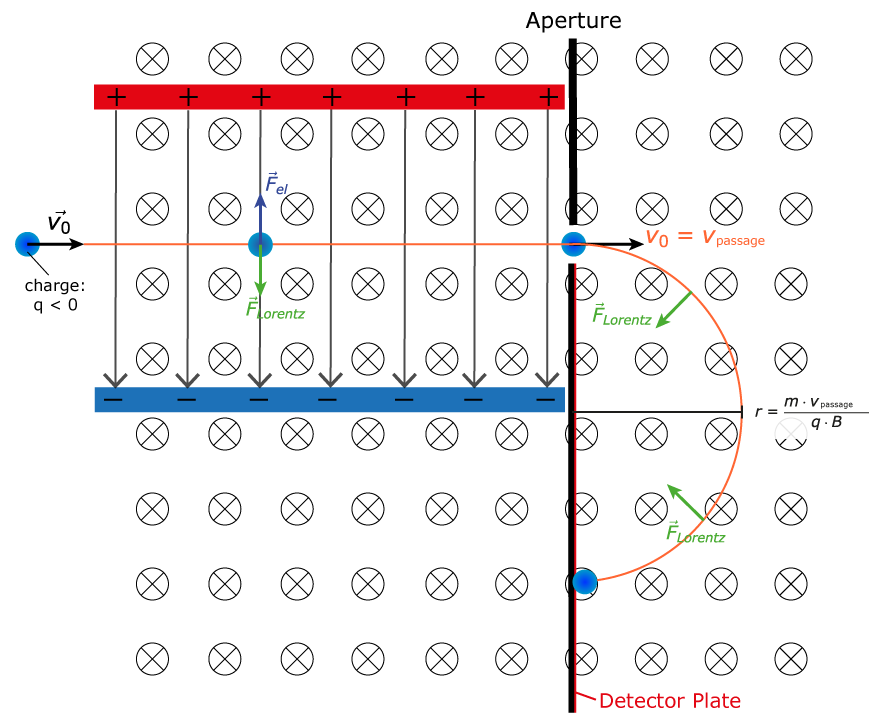Why Review?
Perhaps it's obvious but generally we arrive at PH213 after a summer break which puts the PH211 material at least 6 months in the past and PH212 a bit less distant. While it's true that we have been using material from PH211 in various places in PH212 it has felt a bit incidental. Given that part of the final exam this will cover material from the entire calculus physics sequence it seems thoughtful and respectful to take a day and see what you (we) all have retained as tools we can use (NOT things you can remember).
I am not going to write descriptions of any of these tools here since you should be able to find an review the topic on the breadcrumbs for PH212.
Charges and their Qualitative Behavior
Sketches, +/- charges, numbers of charges, conductors and insulators, which charges are mobile, why do we talk about + charge moving, attracted/repelled, why is everything attracted to a charged object.
Electroscopes, tape, charge on an electron/proton, Coulombs, charging by induction
Coulomb's Law
Very similar to gravity, just another force, 1/r2, Newton's 3rd Law, what is the k constant, units.
E Fields
What is the field, field charges and source charges, F = qE, linear superposition and vectors, units
fields to know, single, dipole, two the same
Electric Potential
Vector or scalar, is it energy, what is the connection to energy, what do the +/- mean,units.
Potential energy - same concept as gravity, another bar in energy bar charts. Where is the potential energy 'stored' ?
Equipotentials and Dielectric Strength:
Why are equipotentials useful, what is their relationship to the direction of the electric field, what is the relationship between the spacing of the equipotentials and the magnitude of the E field, alternate units for E.
Dielectric strength -- why is it an important concept? What is the dielectric strength of air, how do you determine the potential difference if you know the length of the spark.
Conceptual Circuits:
Conceptual reasoning with light bulbs and batteries, how do you think about batteries, wires, bulbs and loads, power delivered, what is current, what is power, how do you recognize series and parallel in a circuit, units.
Kirchoff's Laws (Circuit Analysis):
KVL and KCL, what is a node, what is a loop, which is about energy and which is about charge conservation, how do you generate the equations, series and parallel equivalent resistance.
Set up and solve the equations, count variables and equations, be clear about the matrix.
Magnets:
How are they different than charges, monopoles, why/how do they stick to Fe, other materials, B field and units
Dipole field shape
Force on Moving Charge from B Field:
Vector rule, magnitude of force, why sin(θ), RHR - right hand rule, what about (-) charges, can B fields speed up charges
particle physics tracks, northern lights, why does Bearth protect us from radiation from sun
Biot-Savart Law (source of B):
RHR rule again, what do the terms mean, circulating charge makes a dipole field, what does this have to do with transition metals and magnets,
Integration:
In all of the above settings we explored integration across charge or current distributions. How do we set up integrals from physical setting in engineering and physics.
Do Physics!:
How does one address a problem where multiple concepts may apply? What is a process for 'Doing Physics!"?
Exercises: Do Physics!
For each of the following identify primary and secondary tools that are indicated by the problem setting.
A: You can access the actual game here at PhET (from Univeristy of Colorado Physics)

B:

C:

D:

E:

F:

G:

Activities with your group:
Where would you start 'Doing Physics!' in each case? Why?
What seems likely to be one tool that you will use? Why?
What is a second tool that seems likely you will use? Why?
What will you explicitly assume is negligable in your first attempt? Why?
Assignment:
Pick one of the settings above, make a clear sketch, and apply what you believe is the most important tool from PH212. Set up that first step whether it is a freebody diagram or a superposition of vectors from multiple charges or applying KVL and KCL.Clearly and explicitly describe the simplifying assumptions you are making and why they don't reduce the problem to meaninglessness. Time Limit: 90 min.
